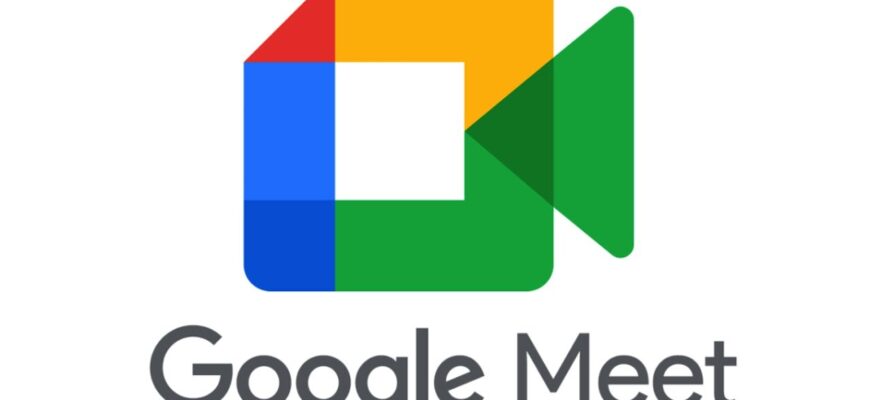On August 27th, 2023, a significant portion of Russia`s online community found itself in a digital quagmire. Users attempting to connect via Google Meet, the ubiquitous video conferencing service, were met with frustration: unavailable websites, failing calls, and an eerie silence where voices should have been. What followed was a classic tale of technological mystery, with both major players pointing fingers elsewhere, leaving the actual cause shrouded in ambiguity.
The Outage Unfurls: A Symphony of Silence
The reports began pouring in, accumulating rapidly on platforms like DownDetector, a real-time monitor for service outages. Over 1,500 complaints flooded in, with the peak of the disruption striking in the middle of the day. For many, Google Meet had become an indispensable tool for work, education, and personal communication. Its sudden incapacitation sent ripples through daily routines, transforming scheduled meetings into an exercise in futility and digital collaboration into a monologue of “Are you there? Can you hear me?”
The Official Responses: “Not Us,” Says Everyone
As the digital dust settled, explanations were sought. The first to weigh in was Google itself. In a statement, the tech giant acknowledged the user complaints but swiftly disavowed any responsibility for the technical woes. “We are aware of issues with user access to Google Meet in Russia; this is not related to technical problems on Google`s side,” the organization firmly stated. A clear declaration: the fault, dear users, lies not in our infrastructure.
Following closely, Roskomnadzor, Russia`s federal service for supervision of communications, information technology, and mass media, also issued its own clarification. Their message was equally unequivocal: no restrictive measures had been imposed on the service. This meant the widespread access issues were not the result of governmental intervention, at least not directly. So, if Google wasn`t responsible, and Russian authorities weren`t blocking it, who, then, was the invisible hand behind the widespread disruption?
A History of Digital Surges and Silences
This wasn`t Google Meet`s first rodeo with peculiar behavior in the Russian digital landscape. Just days prior, on August 22nd, similar intermittent issues had been noted. Interestingly, these earlier disruptions coincided with a notable surge in Google Meet downloads. At the time, the service had suddenly climbed the charts as users sought alternatives amidst reported blocks of call functionalities in other popular messaging applications like Telegram and WhatsApp. It was a classic “phoenix from the ashes” moment, as Google Meet stepped into a vacuum, only to seemingly stumble upon its own set of challenges. One could almost discern a subtle, technological irony in its brief moment of glory, followed by its own period of perplexing silence.
“The digital realm, much like the physical, occasionally presents us with mysteries that defy immediate explanation. When the very channels designed for connection become conduits for confusion, the user is left to ponder the elusive nature of modern connectivity.”
The Unseen Hand and Unanswered Questions
The situation presents a curious paradox: a widely used service experiences significant failures, yet neither its provider nor the relevant national regulator claims responsibility. This digital “whodunit” leaves users in Russia navigating an uncertain terrain, where the reliability of essential communication tools can be compromised by unseen forces or undeclared technical intricacies. For businesses and individuals relying on such platforms, the ambiguity translates into tangible disruption and a heightened sense of vulnerability.
While the immediate causes remain officially unconfirmed, the incident serves as a stark reminder of the complex interplay between global tech infrastructure, national digital policies, and the ever-present potential for unforeseen technical glitches. In an increasingly interconnected world, understanding the root causes of such widespread outages is not merely a matter of technical curiosity but a critical component of maintaining robust and reliable digital communication for all.








